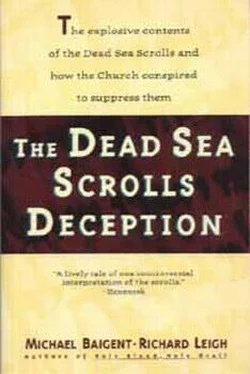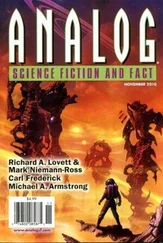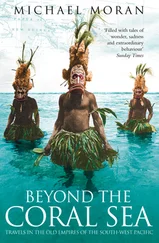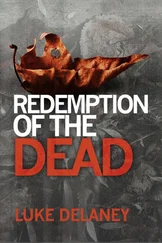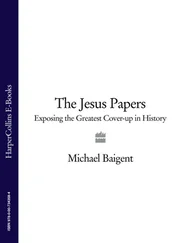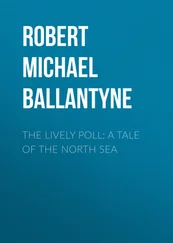Today, in the late 20th century, one takes the procedures and methodology of historical and archaeological research more or less for granted. Until the mid-19th century, however, historical and archaeological research, as we understand such things today, simply didn’t exist at all. There were no accepted methods or procedures; there was no coherent discipline or training; there was no real awareness that such research in any sense constituted a form of ‘science’, requiring the rigour, the ‘objectivity’, the systematic approach that any science does. The ‘field’, such as it was, existed not as a sphere of formal academic study but as a happy hunting-ground for learned — and often not so learned — amateurs. The territory was as yet too uncharted to accommodate anything that might be called ‘professionalism’.
Thus, for example, in the early 19th century, wealthy Europeans, on their ‘grand tour’, might rummage about at random for Greek or Roman artefacts to ship back to the chateau, schloss or country house at home. In their search for antiquities, a few ventured further afield, digging holes all over the fertile terrain of the vast and moribund Ottoman Empire. Such enterprises amounted, in effect, not to anything that might pass for archaeology, but to treasure-hunting. Knowledge of the past was deemed less important than whatever booty it might provide; and funds for the plundering of such booty were supplied by, or for, various museums in quest of large and dramatic statues to place on display. Public demand for relics of this sort was considerable. Crowds would flock to museums to see the latest trophies, and the popular press would have a field day. But the trophies themselves were more an inspiration to the imagination, and to imaginative speculation, than to any form of scientific method. Flaubert’s Salammbô, for example, published in 1862, represents an extraordinary feat of ‘literary archaeology’, a grandiose imaginative attempt to reconstruct, with meticulous scientific precision, the splendour of ancient Carthage. But science itself had not yet caught up with Flaubert’s aesthetic objectives. Certainly no historian had ever attempted to use scientific or archaeological data to bring ancient Carthage so vividly back to life.
Until the mid-19th century, what passed for archaeology was, more often than not, a sorry business indeed. Wall paintings, carvings and other artefacts would visibly disintegrate before the bemused eyes of their discoverers — who, of course, had no real concept of conservation. Priceless statues would be demolished in the search for some supposed treasure concealed within them. Or they might be hacked into fragments to make transportation easier — and then lost, when the barges transporting them sank. To the extent that any systematic form of excavation was practised at all, it had not yet been yoked to history — to the principle of illuminating the past. The excavators themselves lacked the knowledge, the skill and the technology to turn their discoveries to account.
The acknowledged ‘father of modern archaeology’ was the German-born Heinrich Schliemann (1822-90), naturalised as an American citizen in 1850. From his boyhood, Schliemann had been a passionate admirer of Homer’s Iliad and Odyssey. He was firmly convinced that these epics were not ‘mere fables’, but mythologised history, chronicles inflated to legendary status, perhaps, but still referring to events, people and places which had once actually existed. The Trojan War, Schliemann insisted, to the mockery and scepticism of his contemporaries, was an event in historical fact. Troy was not just a figment of a poet’s imagination. On the contrary, it had once been a ‘real’ city. One could use Homer’s work as a species of map. One could identify certain recognisable geographical and topographical features. One could compute approximate speeds of travel at the time, and thereby estimate the distance between one point and another cited by Homer. By such means, Schliemann concluded, one could retrace the itinerary of the Greek fleet in the Iliad and locate the actual historical site of Troy. After performing the requisite calculations, Schliemann was firmly convinced he had found ‘the X that marked the spot’.
Having amassed a fortune in commerce, Schliemann embarked on what his contemporaries regarded as a quixotic enterprise — to undertake a full-scale excavation of the ‘X’ he had located. In 1868, he went to Greece and proceeded, using a poem that was two and a half millennia old as his guide, to retrace the alleged route of the Greek fleet. At what he believed to be the relevant site in Turkey, he began to dig. And to the world’s consternation, astonishment and admiration, Schliemann there found Troy — or, at any rate, a city that conformed to Homer’s account of Troy. As a matter of fact, Schliemann found a number of cities. In four campaigns of excavation, he uncovered no fewer than nine, each superimposed on the ruins of what had been its predecessor. Nor, after this initial spectacular success, did he confine himself to Troy. A few years later, between 1874 and 1876, he excavated at Mycenae in Greece, where his discoveries were deemed to be perhaps even more important than those made in Turkey.
Schliemann demonstrated triumphantly that archaeology could do more than just prove or disprove the historical validity underlying archaic legends. He also demonstrated that it could add flesh and substance to the often bald, stark chronicles of the past — could provide a recognisably human and social context for them, could provide a matrix of daily life and practices that enabled one to understand the mentality and milieu from which they had issued. What was more, he demonstrated the applicability of strict scientific method and procedures, the careful observation and recording of data. In addressing himself to the nine superimposed cities at Troy, Schliemann employed the same techniques that had only recently come into favour in geological studies. These enabled him to conclude what to the modern mind appears self-evident — that one stratum of deposits can be distinguished from others on the basic premise that the lowest is the earliest in time. Schliemann thus became the pioneer of the archaeological discipline known as ‘stratigraphy’. Almost single-handed, he revolutionised archaeological thought and methodology.
It was quickly recognised, of course, that Schliemann’s scientific approach could readily be brought to bear on the field of biblical archaeology. In 1864, four years before the discovery of Troy, Sir Charles Wilson, then a captain in the Royal Engineers, had been sent to Jerusalem, to survey the city and produce a definitive map. In the course of his work, Wilson became the first modern researcher to excavate and explore beneath the Temple, where he discovered what were believed to have been Solomon’s stables. His endeavours inspired him to help co-found the Palestine Exploration Fund, the chief patron of which was no less a person than Queen Victoria herself. At first, the work of this organisation proceeded in a characteristically uncoordinated fashion. At the 1886 annual meeting, however, Wilson announced that ‘some of the wealthy men of England would follow Dr. Schliemann’s example’ and apply his scientific approach to a specific biblical site. 8The enterprise was entrusted to the charge of a prominent archaeologist then active in Egypt, William Matthew Flinders Petrie. Adopting Schliemann’s methods, Flinders Petrie, after two false starts, discovered a mound containing the ruins of eleven superimposed cities.
During his work in Egypt, Flinders Petrie had evolved another technique for the dating of ancient ruins, based on a pattern of gradual development and change in the shape, design and embellishment of household pottery. This enabled him to establish a chronological sequence not just for the artefacts themselves, but for the rubble surrounding them as well. Although certainly not foolproof, Petrie’s approach brought another manifestation of scientific methodology and observation to bear on archaeological research. It became one of the standard procedures employed by his team in Palestine — a team which, in 1926, was joined by the young Gerald Lankester Harding. As we have noted, Harding, eventually head of Jordan’s Department of Antiquities, was to play a crucial role in the early excavation and compilation of the Dead Sea Scrolls.
Читать дальше
